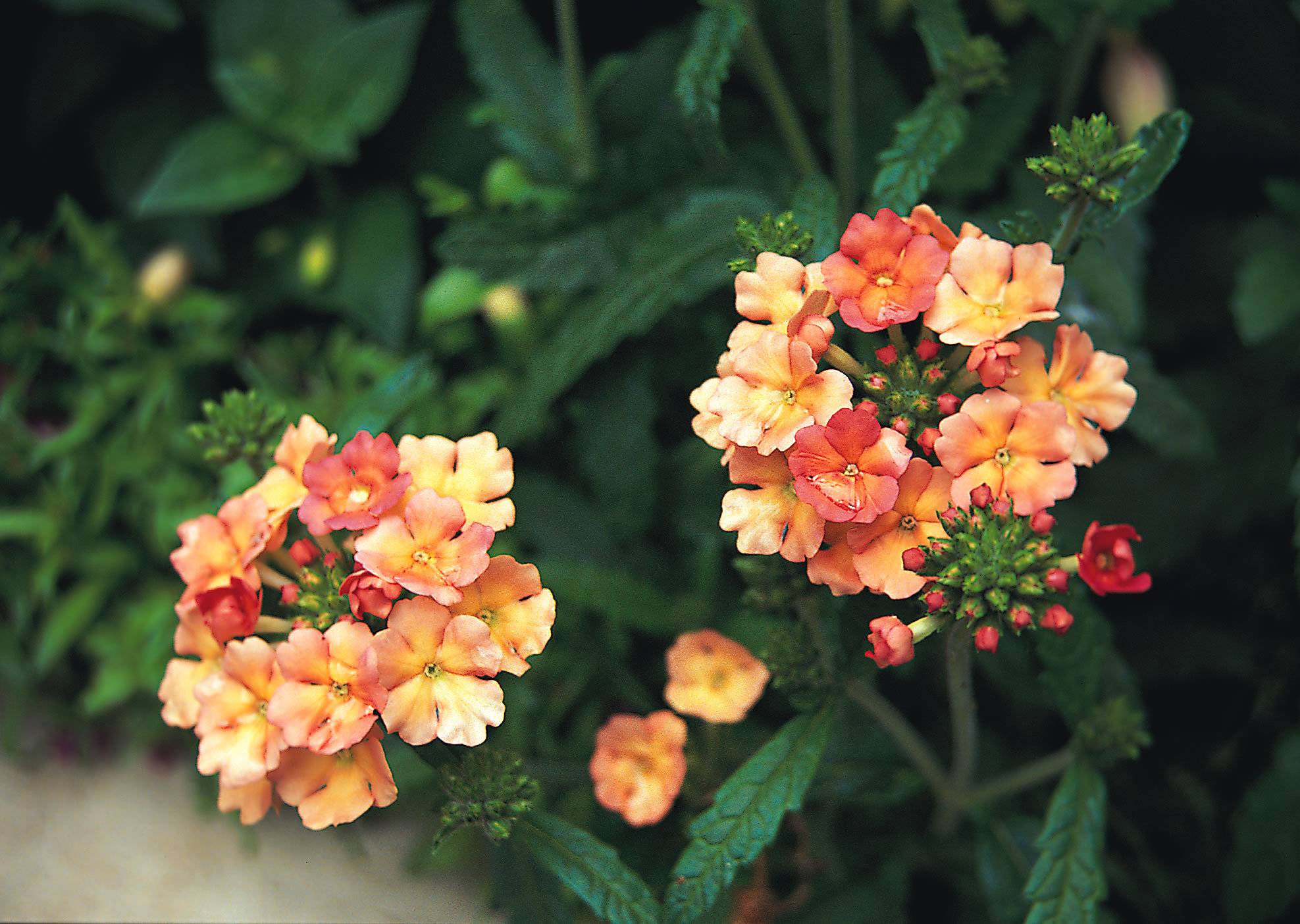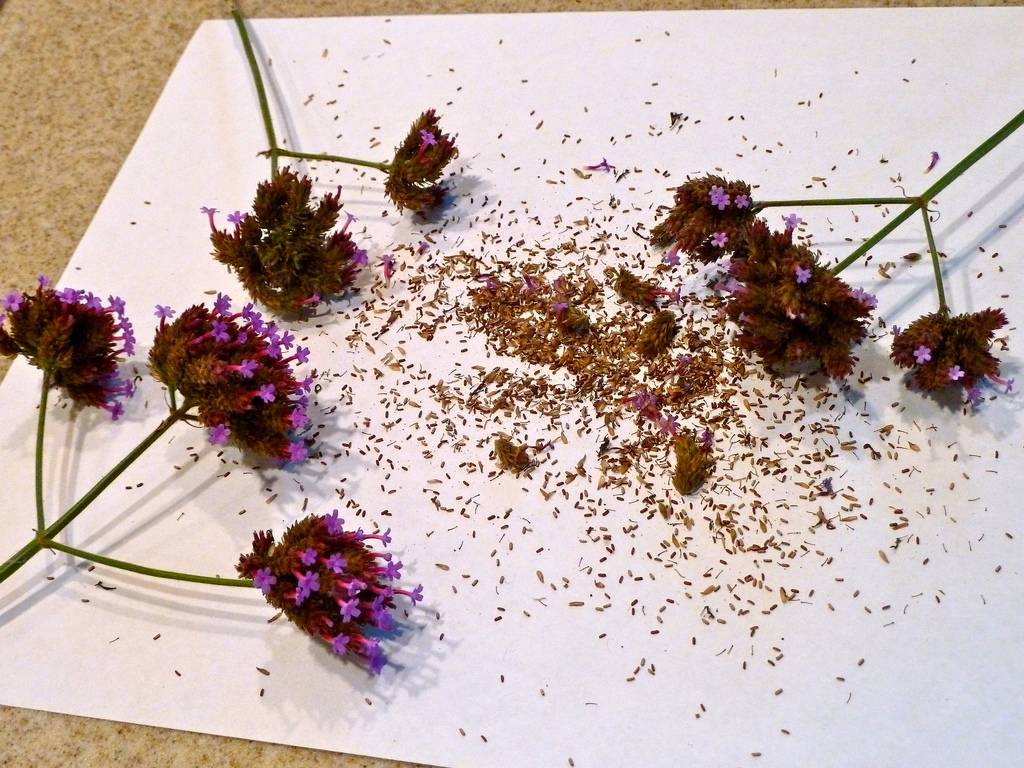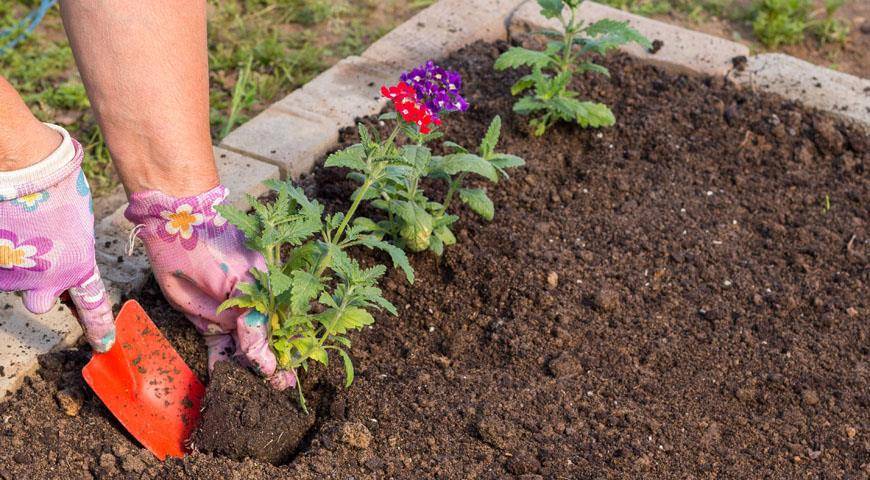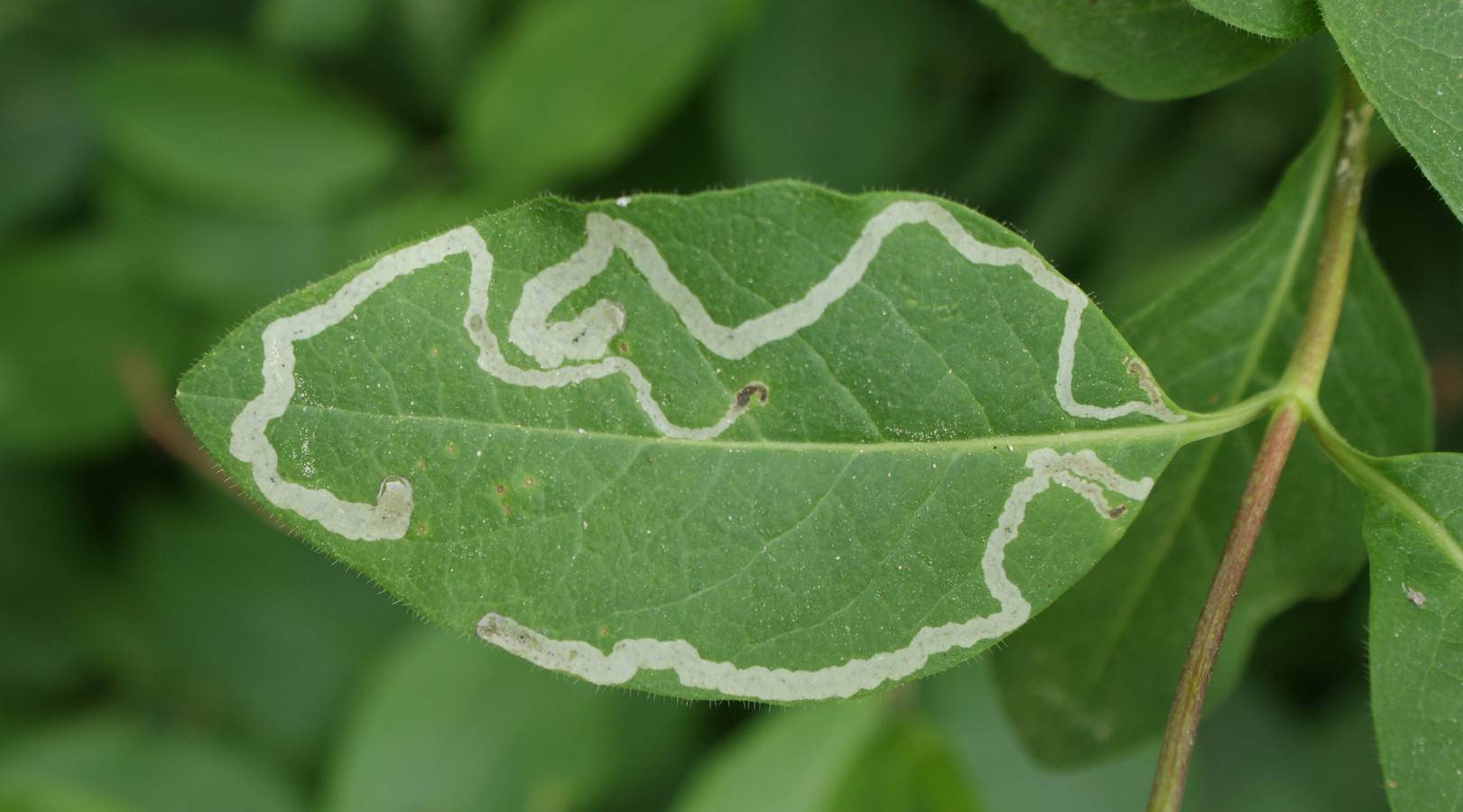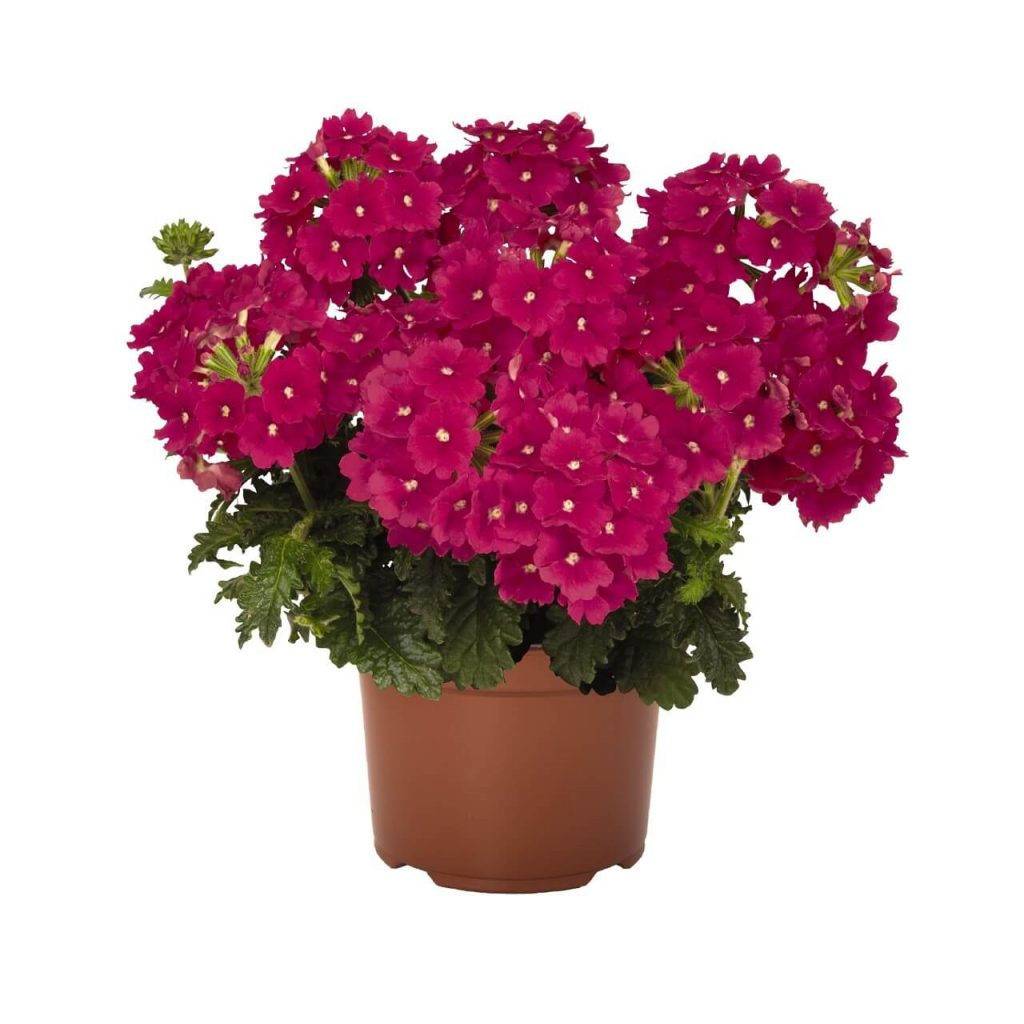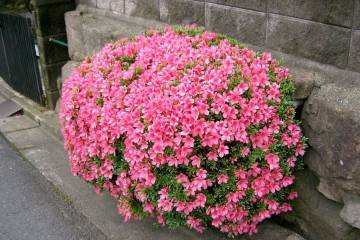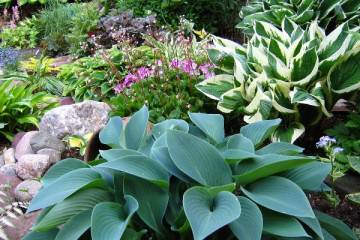Verbena: planting and caring for perennial flowers
Content:
In ancient times, the verbena flower was considered magical. Druids collected it for magic rituals, the Celts believed that when dried, the plant protects the family hearth. In the modern world, flower beds are decorated with verbena.
Description of the plant
Verbena belongs to the Verbenov family, which has more than 100 species, to herbaceous or semi-shrub plants. It can grow up to 1 m. Leaves are arranged in pairs opposite each other.
Flowers rarely exceed 2 cm in diameter. Collected in inflorescences of 30-40 pcs. Perennial verbena has a wide variety of colors: white, yellow, blue, pink, red, etc.
The stems are tetrahedral, but sometimes it is not clearly expressed. They can be covered with a little down, this is a distinctive feature of the plant.
Not all gardeners know what verbena looks like. You can recognize the flower by its characteristic jagged leaves.
Common types
Verbena is cultivated not only as an ornamental plant, but also as a medicinal plant. Therefore, many varieties have been bred, which differ in the size and color of the flowers.
Hybrid species combine a large number of different vervains. All of them have a strong smell, the colors vary from white to deep purple. Inflorescences are spherical, spikelet or umbellate. Sometimes hybrid varieties are called fads.
In the USA, vervain is widespread. She has gray leaves, flowers cover the stem in the form of a spikelet. The tough variety gets its name from its unusual leaves. They have pointed tips and are particularly durable. The variety has lilac inflorescences, and the plant itself is undersized.
Ampel varieties
Vervain with hanging stems is grown in pots or flowerpots. They grow well, bloom beautifully and can beautify any open space.
Among the ampelous varieties, Imagineishen is distinguished. It is distinguished by small stems, the length of which does not exceed half a meter. Inflorescences lilac-purple, spherical.
Tiara Red Impr is distinguished by a juicy red color of flowers. They stand out brightly against the background of green foliage. An unpretentious variety that has a high level of resistance to environmental conditions.
Verbena in pots will decorate any balcony. Lenai Candy Kay has a berry aroma, red large star-shaped flowers.
Landing place
Verbena is actively used to create alpine slides. It decorates the border of the borders and the central parts of the flower beds. Certain species can be grown on balconies in pots.
The verbena plant is very light-requiring, so it can be grown in sunny open areas. The soil should be loose and permeable. The best option is fertile loams.In the case of bad soil, sand is added to it, which will make it airy.
Seed collection
The easiest way to grow verbena is through seeds. You can collect them as the plant blooms. It takes 30 days for them to ripen, then they quickly crumble.
The collection of seeds is carried out as dry brown fruits that resemble nuts are formed. It is better to carefully cut the branch of the plant, and collect the seeds at home.
Do not rush to plant them. It is better to sow them in April or early May, since there is a sufficient amount of sun at this time. In dark rooms, seedlings will not grow quickly. At home, you can plant verbena in March, since during this time it will get stronger and you can take it out to the balcony.
Seedling care
After the first sprouts appear, verbena needs a temperature of about 16 ° C. At night, a slight decrease to 12 ° C is allowed. The soil should be moist, but not excessively. After watering, excess water is carefully drained from the pan.
After 2-3 leaves appear on the seedlings, a pick is carried out. For her, take pots 7 cm high. A drainage layer is poured at the bottom. Each verbena specimen is carefully dug out with a spoon and transplanted into a new pot with an earthen clod.
When verbena appears on the site, its cultivation depends on strict adherence to the parameter of temperature and humidity. Seedlings are susceptible to fungal diseases.
Planting in flower beds and pots
The plant is planted in open ground in May after all frosts. At temperatures below -3 ° C, the verbena will die. Several specimens can be placed in 1 m², the main thing is to maintain a distance of 30-40 cm between them.
Vervain is planted in a pot based on the size of the container. For 5 liters, 2 shoots are enough, for 7 liters the quantity is increased to 5. You can not be afraid to place seedlings in a heap, since the plant has a compact root system.
It is better to plant a flower by transshipment. To do this, the seedlings are taken out of the previous container along with the earthen lump, and then completely transferred to a new place.
Propagation by cuttings
Not all growers know how to grow vervain from small shoots. To do this, you need to dig up the mother plant for the winter in October. In the room, it is necessary to maintain the temperature within 10 ° C. In late February or early March, the upper part of the shoot with leaves is cut off. Its length should be about 10 cm. 5-6 leaves should remain on the branch.
Between the lower node and the beginning of the cutting, at least 1 cm is left. The tip of the shoot is treated with root or other growth stimulant. After that, it is planted in a mixture of peat and sand (the components are mixed in a 1: 1 ratio).
It is better to cover the container with verbena with a glass jar or polyethylene to create a greenhouse effect. Rooting takes about 30 days, after which the seedling can be planted in the garden.
Outdoor cultivation
Verbena, planting and caring for which is not particularly difficult, is distinguished by its unpretentiousness and beautiful flowering. Garden and balcony varieties love brightly lit places, otherwise they will not bloom, but will only increase the green mass.
The main condition for care is systematic watering. Do not allow it to dry out, so you need to water the plant three times a week. A drainage layer will help remove excess moisture.
Verbena requires some care.It does not tolerate low temperatures, but can survive a short drought. It also perceives small fluctuations in the weather normally.
Verbena flowers release from the beginning of June, and they last until October. In the fall, watering is gradually reduced.
Plant care in pots
At home, you can also keep verbena, growing and caring for the plant does not differ from the standard. Place the pots in a bright spot.
Even a novice gardener can take care of verbena. To do this, he needs to constantly cut off wilting inflorescences, water the plant moderately three times a week.
At the first frost, flowers should be brought into a warm room. Wintering is possible at a temperature of 10-15 ° C. For ampelous forms, pinching is carried out at the end of May, this is necessary to enhance branching.
Fertilizers and watering
During the growing season, it is important to properly care for the vervain. It needs to be fed with special means, since it takes a lot of energy to bloom. During the growth, fertilizers with a high nitrogen content are added.
For flowering
A novice gardener may not understand why verbena does not bloom. Especially if the right conditions are created. Watering mode and temperature are within normal limits.
In this case, you need to add complex fertilizers that contain phosphorus, manganese, potassium.
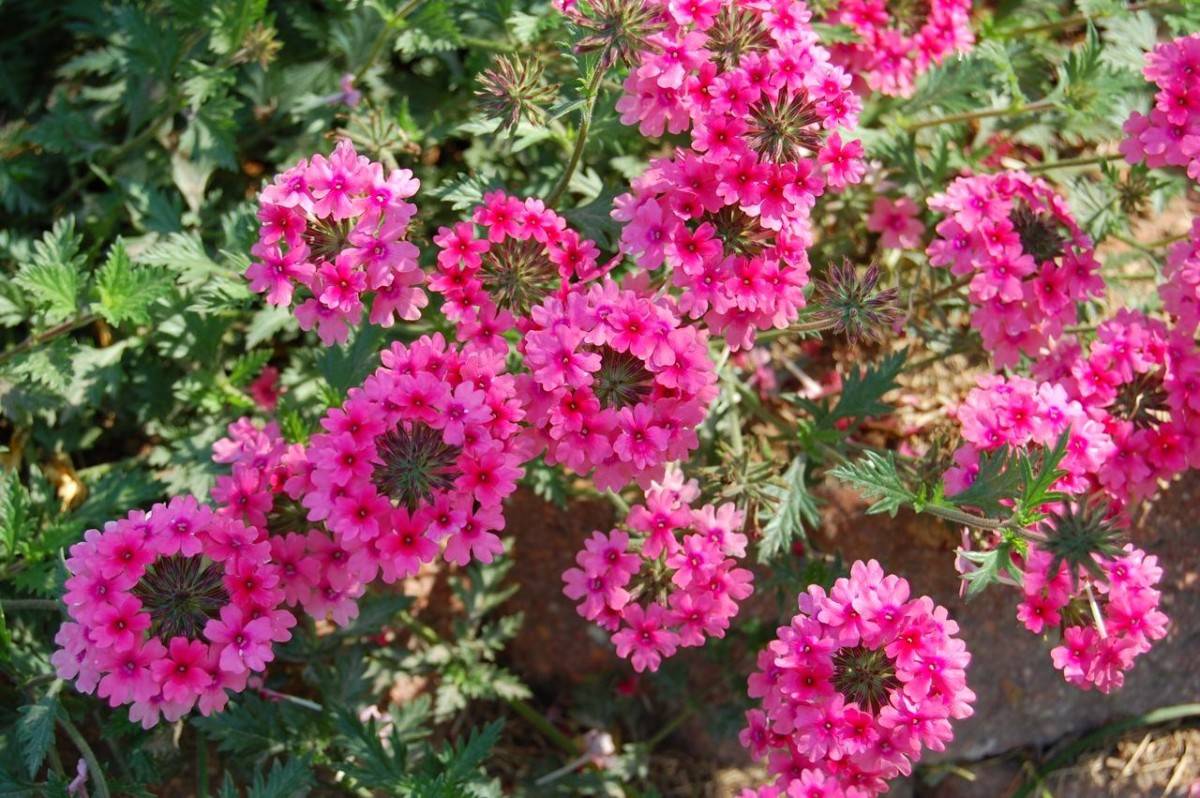
All funds must be diluted in accordance with the instructions, an excess of nutrients is dangerous for the plant.
In the open field, the use of organic fertilizers is allowed. To do this, once every three weeks, humus is added to the bushes in a ratio of 5 kg per 1 m². It is evenly distributed around the verbena.
Grows poorly
To build up green mass, nitrogen-phosphorus fertilizer is used. The powder dissolves easily in water and is used for watering vervain. An infusion of banana peel or wood ash is used as a natural remedy.
Pests
The main parasite that settles on verbena is aphid. It comes in different types, affecting stems and leaves. It is easy to spot, as it is visible on the surface of the plant, these are small light green bugs.
It is necessary to establish an irrigation regime, apply fertilizers strictly according to the schedule and dilute the product in accordance with the instructions. For treatment, drugs with pymetrozine are used.
Miner flies can be spotted by their characteristic tracks.
Flies lay their eggs right in the leaves; after hatching, the larvae eat the greens. The affected areas must be removed, severely infected plants must be destroyed.
At high humidity levels, the plant can infect the whitefly - small white butterflies. They are easy to see on the inside of the leaves. The most dangerous of all are its larvae, as they will easily destroy vervain. For processing, drugs based on avermectin are used.
Possible problems
Despite the fact that verbena is an unpretentious plant, with the wrong care, it can start to wither. If the moisture level is insufficient, the flower will dry before our eyes. Affected leaves need to be removed, dried stems too.
With excessive moisture, the plant is affected by powdery mildew. It can be easily identified by moldy spots on the leaves. In this case, the vervain is treated with fungicides, and the affected areas are removed.
Flowering problems
If the flower grows quickly and gains green mass, but does not release buds, then the reason may lie in an insufficient amount of light. The duration of daylight hours should be at least 12 hours.
The verbena pot should be 1-1.5 cm larger than the earthen ball. In this case, the plant will try to bloom. Poor soil and lack of fertilizer also lead to a lack of flowering.
Therefore, in order to correctly determine the cause of the problem, it is necessary to analyze the conditions of detention. Only after correcting them can the condition of the verbena be improved.
Leaf spot
During propagation, cuttings and seedlings are very sensitive to environmental conditions, so it is necessary to monitor the condition of the verbena. Leaf spots can appear for a variety of reasons.
Small black dots that gradually swell indicate the development of a fungal disease. The complexity of treatment is that the spores penetrate deep into the tissues, and contact treatment with fungicides is useless. Therefore, the affected leaves and stems are removed, the plant is sprayed with topaz or foundation. Processing is carried out every 10 days and until complete recovery.
Small black blisters on the leaves appear with a bacterial infection. In this case, the treatment is useless. Affected vervain must be destroyed.
Each verbena variety has its own characteristics. Studying the full description will give you an idea of each species. Compact and small varieties are suitable for the balcony. Large specimens can be planted in flower beds. In any case, when growing, it is worth following the rules of agricultural technology described above.

